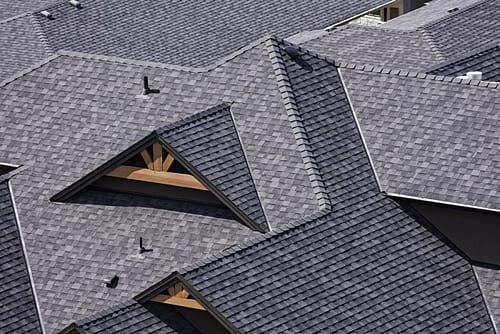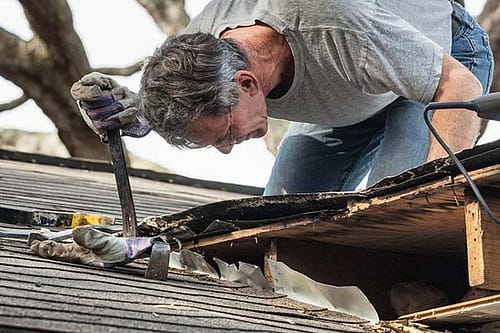Flat roofs are increasingly gaining popularity because modern building styles are on the rise. In addition, a flat roof extension is also perfect for expanding a home in any style.
Advantages of a flat roof:
Layout space:
With a flat roof, you make optimum use of the space under the roof. After all, there are no sloping walls, so the layout can be determined freely. Do you also want to create more space outdoors? Then you can also have a roof terrace built on a flat roof!
Modern look
A traditional sloping roof with red roof tiles is sometimes at odds with the look that you want to pursue with modern architecture. A flat roof, on the other hand, perfectly matches the sleek contours of contemporary homes.
Simple construction
A flat roof is relatively easy to install, especially when you compare this with the carpentry involved with a sloping roof.
Solar panels
Are you planning to install solar panels? A solar installation can be perfectly combined with a flat roof: the panels are mounted on a frame and placed in the desired direction and slope to achieve the highest possible return. With a sloping roof, the orientation and the slope are sometimes not optimal.
Types of flat roofs: how are they constructed?
Based on the structure of a flat roof, we can distinguish three types: cold, warm and inverted roofs. This mainly concerns the position of the insulation material in relation to the other roof components.
Cold roof:
With a cold roof, the insulation material is placed under or between the beams of the load-bearing structure. The carpentry is therefore not protected against temperature fluctuations. In other words, the roof construction can expand and shrink, resulting in an increased risk of cracks in the roof covering.
In addition, rising moisture from the underlying spaces can lead to condensation and associated moisture problems. After all, the moisture cannot escape, which can cause the carpentry to rot.
Warm roof:
A warm roof is the most commonly used form of construction with flat roofs. Unlike a cold roof, the insulation is not mounted under or between, but on top of the load-bearing wood structure.
These two layers are often further separated from each other by a vapor barrier, which protects the insulation material against condensation moisture from underlying spaces.
The load-bearing structure is also optimally protected against external influences, on the one hand by the vapor barrier and on the other hand by the upper insulation layer. Because the insulation material is located just below the roof covering, the underlying load-bearing structure is less subject to temperature differences. This reduces the risk of cracks in the roof covering.
Are you planning to renovate your flat roof? Keep in mind that insulating according to the principle of a warm roof means that you will also have to install a new roof covering.
Inverted roof:
The only difference between a warm and an inverted roof is that the insulation material and the roof covering have changed places. This means that the insulation layer will be placed on top of the roof covering.
A ballast layer, usually made of gravel, tiles or boulders, protects the insulation material against UV rays and temperature fluctuations. This layer also ensures that the insulation layer remains in place.
Do you want to insulate an existing flat roof? Then this technique offers a big advantage. If the roof covering is still in good condition, it does not have to be replaced, but the insulation layer can simply be applied on top. Keep in mind that the insulation layer may not protrude above the roof edge of the flat roof. The substructure of a flat roof must also be strong enough for this type of renovation to support the extra weight of the insulation and the ballast.




